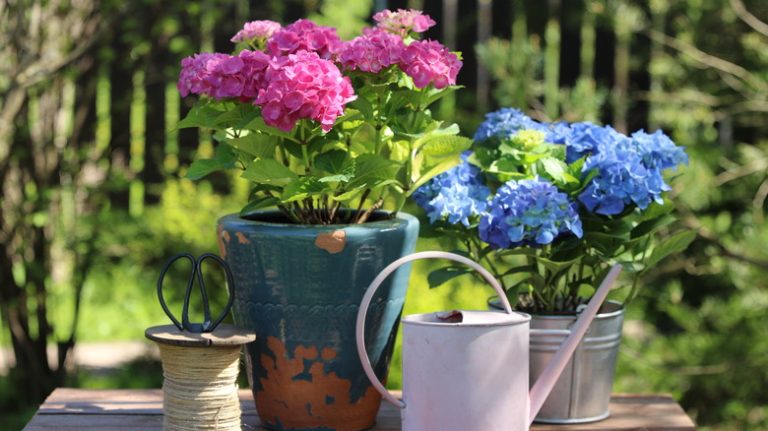Garden Trees, Shrubs & Vines
Sakshi Khaitan
If you like displaying a real Christmas tree every year in your home during the holiday season, chances are that you’re familiar with the struggle to keep a conifer alive. Indeed, a tree that constantly sheds needles and is left with more brown foliage than green makes for a sorry display — but no more. Bid this pesky issue goodbye for good and prolong the life of your real Christmas tree by following a simple tip. Just give the bottom of the trunk a fresh cut as soon as you bring it home to facilitate water uptake.
But how long your tree will last also depends on when it’s cut, since a conifer begins aging from the moment it’s sawed off. The weekend after Thanksgiving might be the best time to shop for a Christmas tree, as it’ll allow you to take advantage of the plentiful inventory and enjoy the luxury of time to put up the decorations. However, this will also mean that your tree may not look extremely fresh and luscious come December 25, unless you take the right care steps. These include cutting an extra sliver off the trunk before putting it in the stand to ensure it always receives enough water.
Cut the base of your Christmas tree’s trunk

Sergey Novikov/Shutterstock
The first step is to choose as fresh a tree as possible, meaning a conifer that has been freshly-cut or one that you cut on your own (if the tree farm allows). Before deciding which tree to bring home, check the foliage’s color and the tree’s weight — the heavier ones usually retain more water, meaning they’ll remain healthy longer than their counterparts. Moreover, you can shake the conifer to see if it sheds a lot of needles. If it does, it’s best to steer clear of that tree and pick another. Once you get a fresh and healthy tree, take it home, but don’t forget to wrap it using netting or plastic so it remains protected from the cold environment.
After you’ve arrived back home, grab a saw and cut through the bottom of the tree’s trunk in a straight line. Aim to slice off 0.5 to 1 inch (or more if the conifer is particularly tall) to remove the dried resin, promote air flow, and allow the xylem — a vascular plant’s transport tissue — to absorb more water and actively supply it to each branch. Don’t go for an angled cut, which will make it difficult for the tree to remain upright. Trimming the truck is crucial even if the drive from the tree farm isn’t very far, as a fresh cut will ensure that the tree can absorb enough water to stay healthy and green.
Water your Christmas tree

Georgy Dzyura/Shutterstock
To check if the cut is working its magic, you need to place your real Christmas tree in a sturdy stand right away and fill it with water. Ensure the stand can accommodate at least 1 gallon of water and has a big enough reservoir. Once the tree is upright, check if it is drinking after 24 hours have passed — and don’t decorate your tree during this time, as you’d have to remove the lights and ornaments if you run into any problems. If the tree isn’t drinking and the water level looks the same, then you’ll have to give it another cut to help unclog its pores.
Once your tree begins drinking, it’s crucial to keep the stand from going dry at all times of the day. Generally, real Christmas trees gulp down 1 quart of water per inch of their trunk’s diameter. The first week is especially critical, and you might even have to fill the stand twice a day if the confier is particularly thirsty. To keep your Christmas tree alive during the holiday season, watch the water level closely and ascertain that there’s always enough in the stand to cover the last 2 inches of the trunk for uninterrupted moisture absorption. If you ensure that the stand is always filled with water, your tree should continue to drink without drying out.



